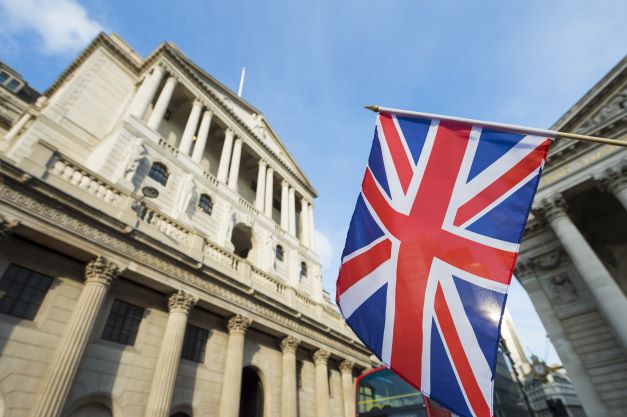
Daily Market Analysis and Forex News
Week Ahead: Can BOE keep up with hawkish Fed and support GBPUSD?

GBPUSD has been reflecting the latest policy signals out of the US Federal Reserve and the Bank of England.
These major central banks are set to grab the headlines amidst a busy global economic calendar in the coming week:
Monday, June 13
- GBP: UK April monthly GDP, industrial production, trade data
- NOK: Norway April monthly GDP
Tuesday, June 14
- AUD: Australia May household spending and business confidence
- JPY: Japan April industrial production
- EUR: Eurozone June ZEW survey expectations
- GBP: UK April unemployment rate, May jobless claims
Wednesday, June 15
- AUD: Australia June consumer confidence
- CNH: China May industrial production, retail sales, unemployment
- EUR: Eurozone April industrial production, trade balance
- EUR: Speeches by ECB President Christine Lagarde and other officials
- USD: Fed rate decision, US May retail sales
- US crude: EIA weekly US crude inventories
Thursday, June 16
- NZD: New Zealand 1Q GDP
- JPY: Japan May external trade
- AUD: Australia May unemployment, June consumer inflation expectations
- GBP: Bank of England rate decision
- EUR: ECB officials’ speeches
- USD: US weekly initial jobless claims
Friday, June 17
- NZD: New Zealand May manufacturing PMI
- JPY: Bank of Japan rate decision
- GBP: UK May retail sales
- EUR: Eurozone May CPI (final)
- USD: US May industrial production
More than 60 central banks around the world have already hiked their respective interest rates, as policymakers do battle against red-hot inflation.
Similarly, the following potential outcomes will serve as the base case for markets as we head into these mid-June policy meetings:
- Fed: 50 basis point hike
(after having already hiked by 75 basis points across its past two meetings)
- BOE: 25 basis point hike
(after having already hiked by 90 basis points since December)
Anything that deviates from the above scenarios (either a smaller/larger hike, or dare we consider no hike at all) is set to shock markets and trigger a massive move in either the US dollar or Sterling.
Also remember, markets are forward-looking in nature.
Traders and investors move an asset’s prices based on what they think will happen in the future.
Hence, it’s what either central bank conveys about its path forwards on their respective rates that would be the likelier catalyst for major moves in GBPUSD for the coming week.
As things stand, markets are pricing in these future adjustments (beyond the June meeting) for the Fed:
- Another 50 basis point hike at its July meeting is fully priced in.
- Another 100 basis points in hikes over its remaining three meetings for 2022 (September, November, December).
As for the Bank of England:
- Another 140 basis points in hikes over the remaining four meetings (after the June meeting) that are scheduled for the rest of 2022.
- That implies that the BOE will deliver at least one 50bps hike sometime later this year.
With UK inflation running at 9% in April, its highest in 40 years and way above the BOE’s 2% target, and with a tight labor market, the BOE indeed has its work cut out in reining in consumer prices.
And therein lies the problem.
With more rate hikes in the pipeline, that is contributing to a souring UK economic outlook.
Back in May, the BOE already predicted that inflation will rise “slightly over” 10% in 4Q, while also warning of a recession!
Hence, the risk is that the BOE, at its upcoming meeting, may have to push back against the market’s aggressive expectations for fear that larger or more frequent rate hikes could inadvertently trigger a deeper or longer recession for the UK.
If the BOE does so, and markets unwind their rate hike expectations, that could prompt GBPUSD to move back closer to its mid-May lows, provided the Fed can stick with its ultra-hawkish stance.

Ready to trade with real money?
Open accountChoose your account
Start trading with a leading broker that gives you more.